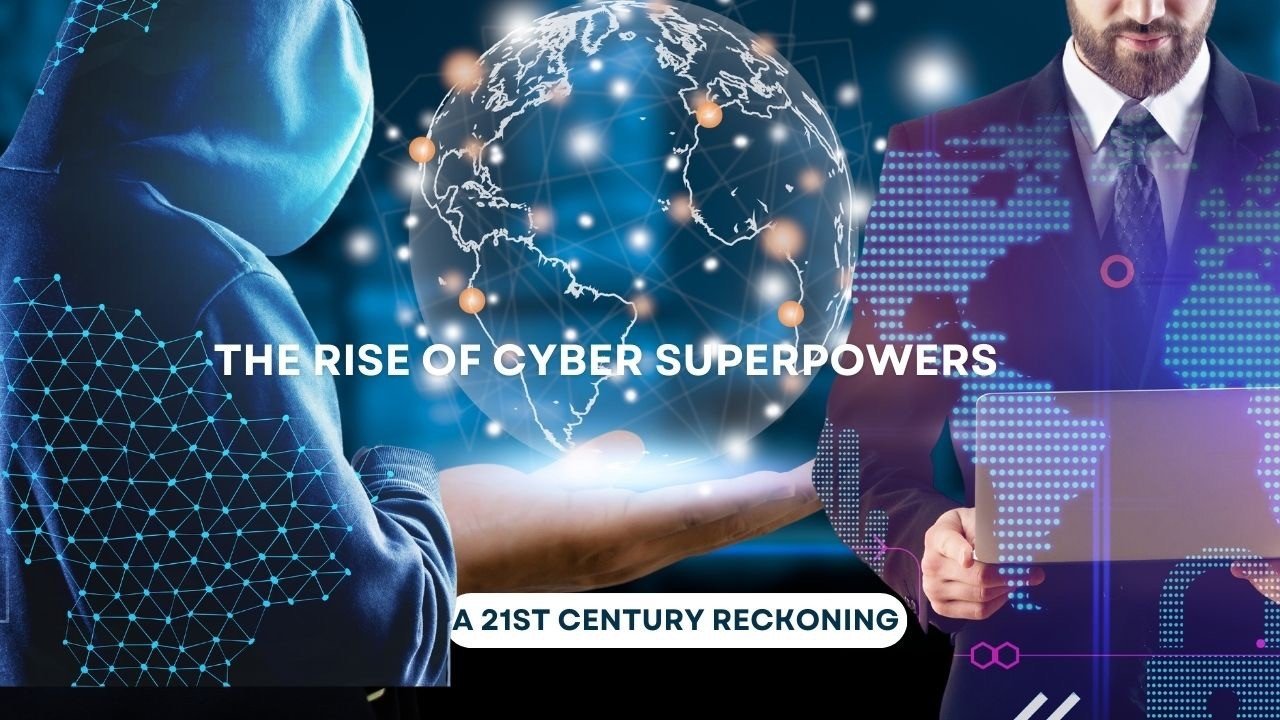
Introduction
In today’s interconnected world, cyber warfare has emerged as a critical domain of conflict. Unlike traditional warfare, which relies on physical combat, cyber warfare targets digital infrastructure, causing disruptions that can cripple a nation’s economy, defense systems, and societal functions. For the United States, safeguarding national security in this digital era demands a multi-faceted approach, involving government agencies, private sectors, and international alliances.
The Evolution of Cyber Threats
Cyber threats have evolved from basic hacking attempts to sophisticated operations orchestrated by state-sponsored actors. Countries like China, Russia, Iran, and North Korea are often accused of conducting cyber espionage, targeting U.S. defense systems, corporations, and even election processes. These operations are not only disruptive but also erode public trust in government institutions.
The 2020 SolarWinds hack and ransomware attacks on critical infrastructure, like the Colonial Pipeline, highlight the growing complexity of cyber warfare. Such incidents underscore the vulnerabilities within the U.S. cyber landscape, demonstrating the urgent need for robust defense mechanisms
Why Cyber Warfare is a National Security Priority
- Critical Infrastructure Vulnerability
From power grids to water systems, critical infrastructure forms the backbone of any nation. Cyberattacks on these systems can lead to catastrophic consequences. For instance, disabling a power grid during extreme weather conditions could result in widespread chaos.
- Economic Implications
Cyberattacks cost the global economy billions annually. In the U.S., industries like finance and healthcare are primary targets, as breaches often lead to data theft, financial loss, and reputational damage
- Geopolitical Ramifications
Cyber warfare is often used as a tool for geopolitical leverage. By disrupting another nation’s systems, adversaries can weaken their strategic position without engaging in traditional military conflict.
U.S. Strategies for Cyber Defense
- Strengthening Public-Private Partnerships
Collaboration between government agencies and private sectors is essential for sharing intelligence and developing innovative defense solutions. Companies like Microsoft and Google play pivotal roles in countering cyber threats
- Investing in AI and Machine Learning
Artificial Intelligence (AI) is being used to detect and respond to cyber threats in real-time. Machine learning algorithms can identify patterns of cyberattacks, enabling preemptive measures to mitigate risks
- International Cooperation
The U.S. has joined forces with NATO allies and other international partners to create a unified front against cyber threats. Initiatives like the Paris Call for Trust and Security in Cyberspace promote global standards for digital safety
- Educating the Workforce
Cybersecurity education is critical for reducing vulnerabilities. The U.S. government has launched programs to train a new generation of cybersecurity professionals to meet growing demand
The Future of Cyber Warfare
As technology advances, so do the tactics of cyber warfare. The integration of quantum computing and 5G networks could amplify both the capabilities and risks of cyber operations. The U.S. must remain vigilant, continuously updating its policies and strategies to address these emerging challenges
Conclusion
Cyber warfare represents the silent battlefield of the 21st century, where battles are fought without a single bullet being fired. For the United States, maintaining national security in this domain requires proactive measures, technological innovation, and global collaboration. By recognizing the critical importance of cybersecurity, the U.S. can safeguard its digital frontiers and maintain its position as a global leader in the digital age
